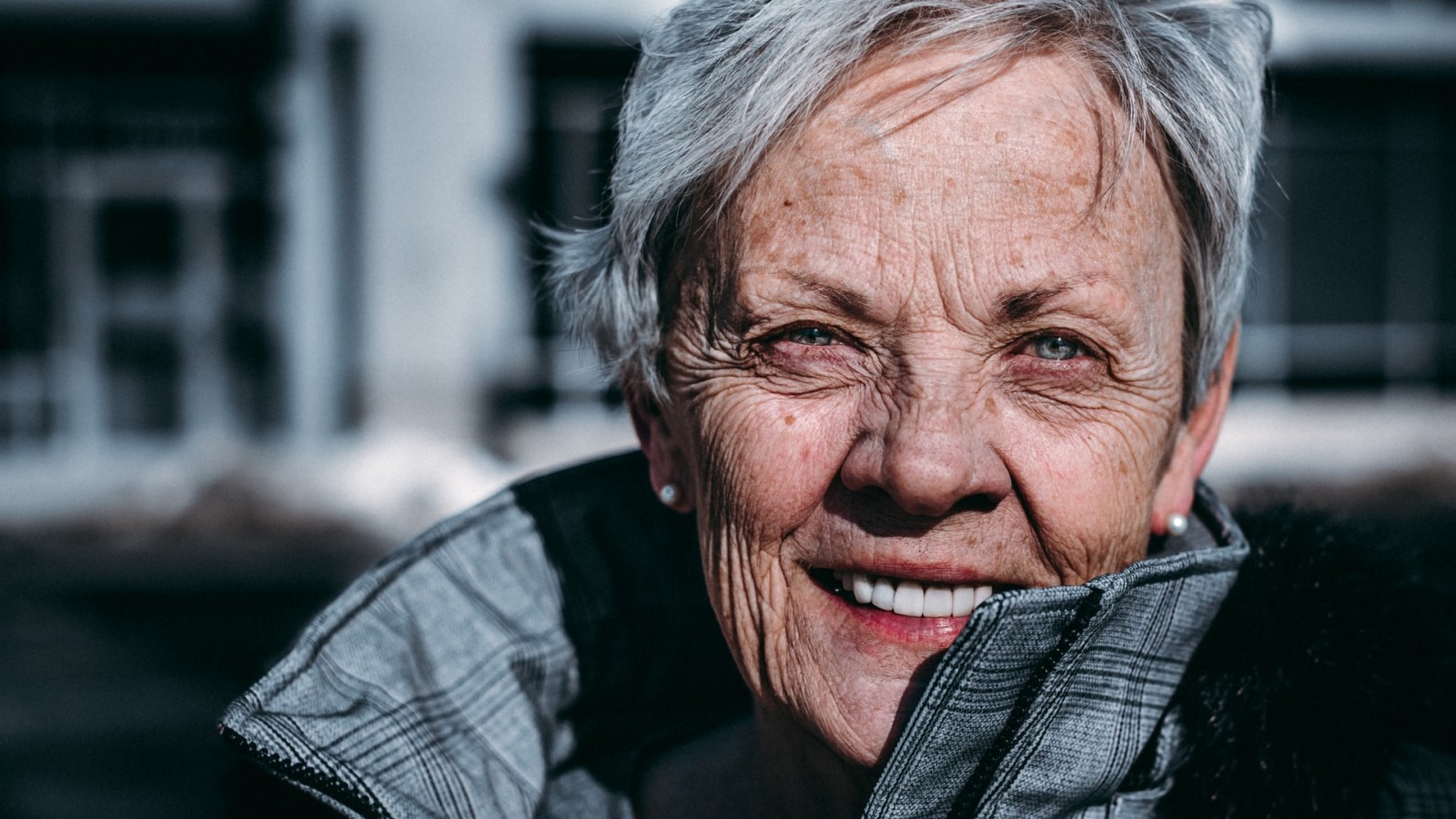Retirement is a huge milestone in most people’s lives. After decades of conscientious labor, many of us count down to the last day of work and the first day of retirement. Retired life is meant to be a time of freedom, of reaping the rewards of hard work, and ultimate relaxation. Unfortunately, it can also be a time of stress and anxiety. It is, after all, a major life transition that brings with it numerous changes and challenges.
From Hero to Zero, and Back Again
While having a job and going to work is generally a means to an end, it does not negate the fact that many people gain great satisfaction and a sense of achievement from performing well in their field. Professional roles can form a large part of the identity of career-driven individuals, leading to a perceived loss of purpose and place upon retirement. Imagine being in charge of a team of senior executives one day and just another person on the street the next. Some people may view this shift as liberating, while others may consider themselves ‘worthless’. To overcome the feeling of unfulfillment, retirees can seek out opportunities that make use of their expertise and experience. According to survey results, 20-24 percent of retirees spend their time teaching or mentoring, with others pursue a second career. Volunteering is another wonderful option for retirees, who can increase their sense of self-worth by contributing to the community.
Lack of routine and loneliness are likewise common issues experienced by retirees. For someone who has been partaking in a 9 to 5 workday for the majority of their life, the sudden loss of structure can be disorientating. Certain methodical people function better on the predictability of a set schedule and the ad hoc nature of retirement life can be hard to get used to. The best way to address this problem is to create a daily routine, even if there are no pressing engagements. Regular sleeping and waking times as well as fixed lunch dates with friends or family can help to create repetition and structure. Scheduling in social activities is particularly important for seniors who may feel isolated upon leaving the workforce. Many retirees take for granted the social interaction derived from their jobs and find themselves struggling with loneliness. By joining clubs or community events, they can stay healthy and active, both mentally and physically.
The Best of Both Worlds
Aside from personal and social concerns, financial pressure is another large factor affecting the mental well-being of retirees. Studies have found that 64 percent of Americans are financially unprepared for retirement. With the rising costs of living and retirement savings varying from person to person, certain seniors may find themselves in a less than ideal situation after leaving the workforce. Concerns about being dependent on social security and outliving your savings can cause stress and lead to more severe mental health issues such as depression and anxiety. In addition, retirees may be forced to opt-out of enriching activities such as higher education, special interest clubs, or travel in order to avoid spending money. Some retirees may even have to return to the workforce out of economic necessity.
However, the current generation of retirees has one solid asset: their homes. Because homeownership was part of their generation’s American dream, most baby boomers who are retired, or soon to be retired, have funneled their savings into the purchase of a property. It is estimated that 75 percent of baby boomers own their family home. While homeownership provides stability and long-term equity, retired seniors can still face a challenge accessing sufficient spending money. The reverse mortgage hopes to solve this problem. Since its inception in 1961, reverse mortgages have helped hundreds of thousands of homeowners in the US convert their home equity into cash flow, alleviating a significant source of stress.
As the name suggests, a reverse mortgage is the opposite of a conventional mortgage. Instead of paying the bank to purchase a property, the bank pays the homeowner various sums amounting to the determined value of their home. This amount is calculated based on the age of the borrowers, property values, and government lending limits. The beauty of a reverse mortgage is that retirees and their spouses do not have to make the difficult decision of selling their family home to finance their retirement needs. They can continue to live in a familiar environment while accessing a portion of their home equity. Reverse mortgage payouts can be received in the form of a line of credit, term payments, or lump sum payments, allowing seniors the flexibility to select the finance option that suits their needs.
Retirement should be the time of our lives. It is the time to focus on ourselves and our loved ones and enjoy the lifestyle that we have dreamed about. While the perfect retirement can mean different things to different people, we should all be aware of our mental states. If the pressures of retirement are causing you considerable stress, do check in with a mental health professional who can help you to navigate your feelings.


